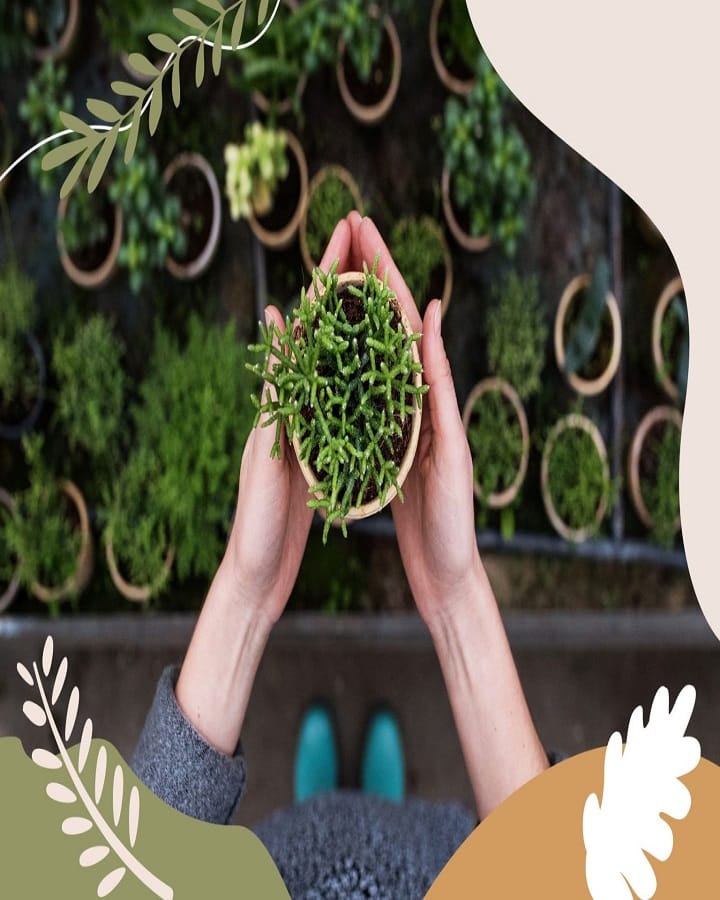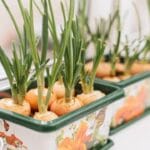
Image Credit – Hema
So, you’ve decided to welcome some leafy friends into your home. Fantastic! Plants are wonderful for boosting mood, purifying air, and adding a touch of natural beauty to any space. But if your past attempts have ended in crispy leaves and drooping despair, you’re not alone. Many aspiring plant parents feel like they’re missing some secret plant-whispering skill.
Fear not, fellow “plant dummy”! This guide is designed specifically for you. We’re cutting through the jargon and giving you the super simple, no-fail tips you need for keeping plants alive for dummies. Forget complicated schedules and fancy fertilizers; let’s get you confidently nurturing thriving greenery!
Keeping Plants Alive for Dummies: Your Ultimate Beginner’s Guide to Green Thumbs!

The “Big Three” Rules for Keeping Plants Alive (Seriously, Just These!)
Most plant problems boil down to one of these three things. Master them, and you’re well on your way to a lush indoor jungle.
1. The #1 Plant Killer: Overwatering (Yes, You’re Probably Doing It!)
This is where most beginners go wrong. We see a plant looking a little sad and immediately reach for the watering can. Stop!
- The “Finger Test” is Your Best Friend: Before you water any plant, stick your finger about an inch or two into the soil.
- If it feels damp: Don’t water! Come back in a few days.
- If it feels dry: Time to water!
- Drainage is Non-Negotiable: Always, always, always use pots with drainage holes. If water sits in the bottom of the pot, your plant’s roots will literally drown and rot. If your pretty pot doesn’t have holes, put your plant in a plastic nursery pot with holes and place that inside the decorative one.
- Water Thoroughly, Then Let it Drain: When you do water, water until it comes out of the drainage holes. This ensures the entire root ball gets a drink. Then, empty any standing water from the saucer.
2. The Light Lifeblood: Give Your Plant the Right Amount of Sunshine
Plants need light for photosynthesis (how they make food!). Different plants have different light needs.
- Know Your Plant’s Preference: When you buy a plant, check its tag or do a quick online search for its light requirements (e.g., “low light,” “bright indirect light,” “direct sun”).
- “Bright Indirect Light” is Most Common: This means a spot near a window that gets plenty of light, but the sun’s rays don’t directly hit the plant’s leaves. Think a few feet back from a south or west-facing window, or near an east-facing window.
- Signs of Too Little Light: Leggy growth (stretched out, sparse), small leaves, pale color.
- Signs of Too Much Light: Scorched spots on leaves, faded color, wilting despite watering.
3. Location, Location, Location: Avoid Drafts and Extremes
Plants are living things and prefer stable environments.
- Avoid Vents and Drafts: Keep plants away from air conditioning or heating vents, as the constant blast of hot or cold air can stress them out.
- Mind the Windows: While windows provide light, extreme temperatures (very hot in summer, very cold in winter) can be an issue. If your plant is touching a cold windowpane in winter, it might suffer.
- Humidity (Bonus Tip for Some Plants): Most common houseplants are fine with average indoor humidity. However, if you have tropical plants (like ferns or calatheas) and notice crispy leaf edges, they might appreciate a little extra humidity (a humidifier or pebble tray can help).
“I Think My Plant Is Dying! What Do I Do?” (Troubleshooting for Dummies)
Don’t panic! Most plant problems are fixable.
- Yellow Leaves: Often a sign of overwatering (root rot), but can also be underwatering or lack of nutrients. Check the soil moisture first!
- Brown, Crispy Leaves: Usually underwatering or low humidity. Check the soil and consider misting if it’s a humidity-lover.
- Drooping/Wilting: Can be underwatering (soil bone dry) or overwatering (roots suffocated). Do the finger test! If the soil is dry, water it. If it’s wet, let it dry out.
- Pests: Tiny bugs (like little white fuzzy spots or sticky residue) are common. Isolate the plant and look up natural pest remedies (e.g., neem oil, insecticidal soap).
The Easiest Plants for “Dummies” to Start With:
If you’re truly starting from zero, pick one of these forgiving heroes:
- Snake Plant (Sansevieria): Thrives on neglect. Seriously.
- ZZ Plant (Zamioculcas zamiifolia): Can go weeks without water.
- Pothos (Epipremnum aureum): Adaptable, trailing, and very forgiving.
- Spider Plant (Chlorophytum comosum): Easy to care for and even produces “baby” plants.
Keeping plants alive for dummies isn’t about having a “green thumb” – it’s about understanding a few basic needs and paying attention to your leafy friends. Start simple, observe your plants, and don’t be afraid to learn from your mistakes. Before you know it, you’ll be enjoying a thriving indoor oasis! Happy planting!
Keeping plants alive for dummies isn’t some mystical art; it’s a learnable skill based on understanding a few fundamental principles. By mastering watering, providing appropriate light, and choosing the right environment, you’ll be well on your way to a flourishing indoor garden. Don’t be discouraged by past plant casualties – every plant parent starts somewhere! Take these tips, be patient, and enjoy the immensely rewarding experience of nurturing living green things. Let us know in the comments what your favorite easy-care plant is or if you have any “dummy-proof” tips of your own!
Frequently Asked Questions
What’s the absolute simplest tip for keeping plants alive for dummies, especially for beginners who always overwater?
The single most crucial tip for beginners, especially those prone to overwatering, is to always use the “finger test” before watering. Stick your finger about an inch or two into the soil. If it feels damp, don’t water! Only water when the soil feels dry to the touch. This simple check prevents root rot, which is the leading cause of death for most houseplants. Also, ensure your pots always have drainage holes to allow excess water to escape.
I have really low light in my apartment. Are there any specific plants recommended when keeping plants alive for dummies in dark spaces?
Yes, absolutely! When faced with low light, focus on resilient “low-light tolerant” plants. The top recommendations for keeping plants alive for dummies in dimmer environments are the Snake Plant (Sansevieria), ZZ Plant (Zamioculcas zamiifolia), and Pothos. These plants are incredibly forgiving and can tolerate surprisingly little natural light. While they won’t thrive in total darkness, they’ll happily survive in spots where other plants would quickly decline, making them perfect for challenging spaces.
Besides watering and light, what’s one common mistake beginners make that prevents them from keeping plants alive for dummies?
A very common mistake, beyond watering and light, is placing plants in areas with extreme temperature fluctuations or drafts. Beginners often put plants directly next to heating or air conditioning vents, or right against cold window panes in winter. These sudden changes in temperature and constant blasts of air can stress out plants, leading to wilting, brown leaves, and overall decline. Try to place your plants in stable environments away from direct drafts for better success.







